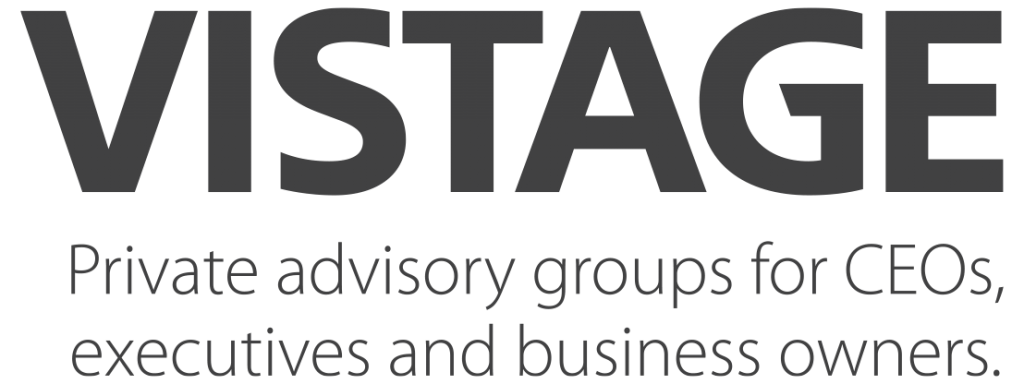
Sadly, turnaround work is becoming more prevalent in business these days. I am worried that many of our leaders are becoming too tactical and reactive. Instead of seeing the big picture they are getting mired in the details and forging ahead with actions that will have less than optimal impact on the problems/challenges they are trying to address. Actions should never drive strategy. Strategy should drive action. There are also rarely simple solutions to complicated issues. Sometimes you need to step back and think through what you are doing before you do it (especially in times of crisis).
I’ve been involved with many business and nonprofit turnarounds over the years and witnessed the following 12 mistakes by many well-intentioned but flawed leaders:
1) Letting personal ideology trump common sense thinking – ideologues only ever take you off a cliff because they are unwilling to confront reality when it challenges their existing beliefs (and reality has a way of humbling everyone).
2) Spending time blaming others or rationalizing their circumstances rather than taking personal responsibility for what has happened.
3) Substituting confidence for intelligence on critical issues where your experience may be limited – acting boldly is dangerous if it isn’t grounded in some level of wisdom.
4) Isolating themselves and narrowing rather than broadening their feedback loop – seek out help wherever you can find it.
5) Acting aggressively more quickly than they need to – you should use all the time available to make the best possible decision.
6) Driving away your most talented people by fear mongering or overzealous cost cutting – turnaround should mean strengthening not weakening.
7) Cutting expenses to the extent that it erodes the organization’s ability to function properly – every organization needs certain about of capability and capacity
8) Not differentiating between cost centers and profit centers and failing to make the appropriate investments in revenue creation- you must fertilize the tree not just prune it.
9) Clamping down on disagreement and stifling opinions that differ from their own – the best decisions always come out of rigorous discussion and debate.
10) Trusting the opinions of consultants and other outsiders more than the viewpoints of their own people – have you ever noticed how easy it is to seem knowledgeable about someone else’s problems when you don’t own the consequences.
11) Failing to rally their people around a common goal and higher purpose – turnaround work is stressful and hard on people so they must believe what they are doing is meaningful and will work;
12) Thinking their job is just short-term and walking away from the consequences of their actions before the full impact is felt – anyone can make a mess, but few people will take responsibility for cleaning it up.
Whether it’s on Capitol Hill, Wall Street or Main Street, our leaders have a responsibility to act prudently and make sound decisions. Any turnaround plan needs to be carefully thought out. Those in positions of authority and influence need to be thinking both short and long-term and not get too caught up in the urgency of now. It’s also critical that they pay considerable attention to how their actions affect other outcomes because all actions have consequences. And, while it may be hard for people with high ego needs, their own need for self-fulfillment must become secondary to what’s best for the organization.
Related articles
- Fifteen Common Business Mistakes (capacity-building.com)
- Success or Survival? You Pick (capacity-building.com)
- Leaders Don’t Complain, They Take Action (capacity-building.com)
- You Can Cut Expenses Too Much (capacity-building.com)
- Good Fail, Bad Fail: What Made Caterpillar And Unmade Enron (fastcompany.com)
- 10 Barriers to Great Leadership (inc.com)

